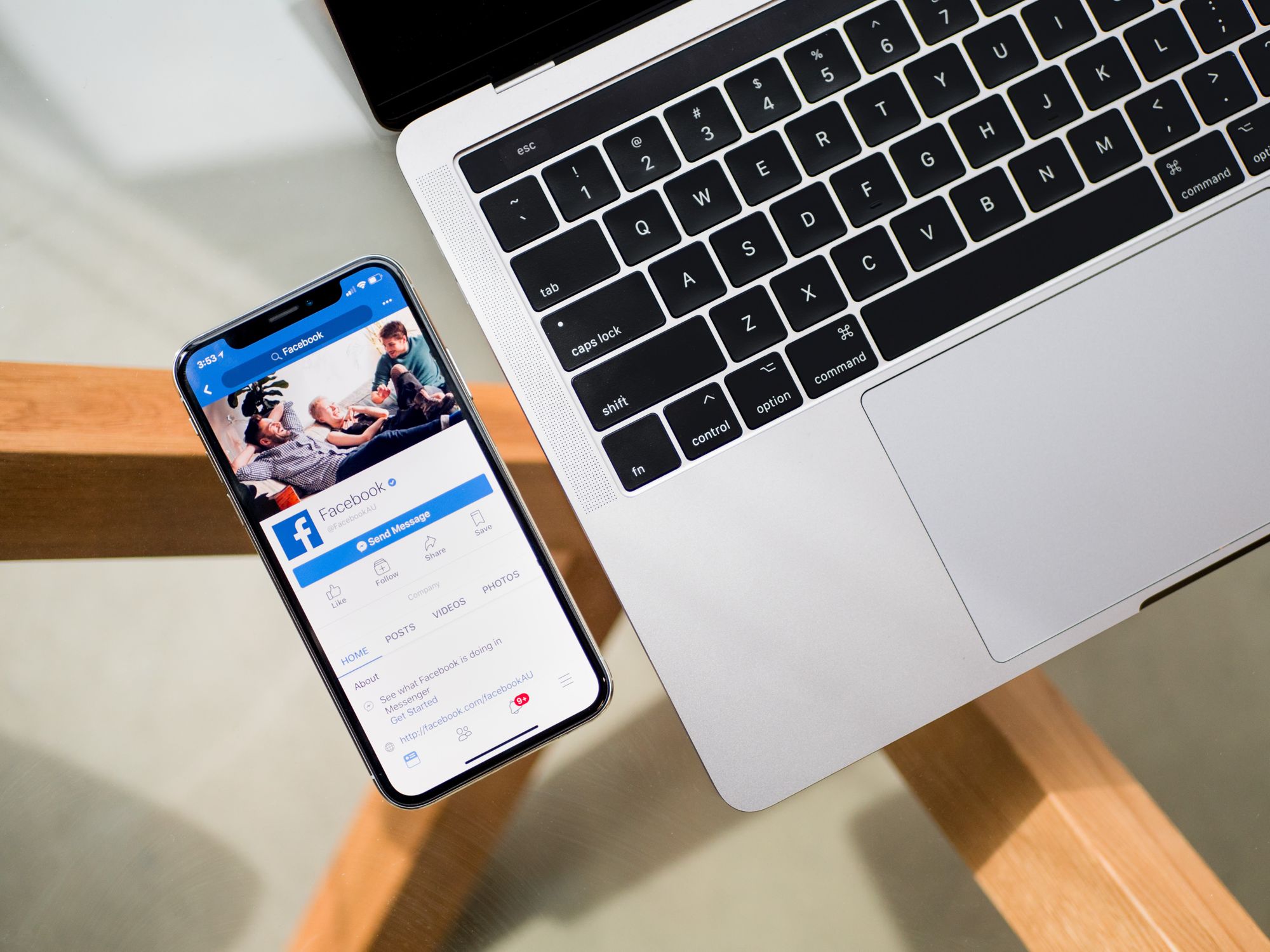Essentials
Simplecast Essentials
Independent Podcasters
For Networks & Shows
Podcasting Essentials
Related articles:
Launching a podcast is hard work, and just when you think you've got the hang of finding guests, writing scripts, editing, sound design, managing an email list–some new task comes out of the woodwork. If you know you want to try your hand at paid social ads, but you can't stand the thought of teaching yourself another skill, don't worry–we've got you. We'll take you through the basics, then give you three Facebook campaigns you can start running tomorrow.
Building a Facebook ad happens on three levels: campaign, ad, and ad set. In the campaign level, you’ll set your budget and objective. In your ad set level, you’ll pick audience, placements, budget and schedule. In your ads, you’ll write your copy and create your ads. You can have multiple ads in an ad set, and multiple ad sets in a campaign–think of them like a family tree.
Before you get started, take a look at our Facebook ads best practices, and then consider these three big questions:
What audiences do you have?
Most of these will come from outside sources that you already have. Remember, you should never buy or rent contact lists–that’s a one-way ticket to having your Ads account suspended, and your posts flagged as spam. You can also create “Lookalike” audiences. These are audiences that are based on something you already have–for instance, the people who subscribed to you email list. Facebook then finds people with similar attributes and who behave similarly on Facebook. Lookalike audiences are a great way to reach new people. Some other audiences can include:
- People who like your Facebook page
- Lookalike: People who like your Facebook page
- People who sign up for your email list
- Lookalike: People who sign up for your email list
- People who visit your site
- Lookalike: People who visit your site
- RSVPs to events
- Lookalike: RSVPs to events
- People you select through interest and demographic targeting
What are your objectives?
Think about what you want these audiences to do. Of course, the most popular choice for podcasters is most likely “listen to my show,” but there could be some other options based on what you’re doing with your show:
- New listeners
- Live event ticket sales
- Email signups
- Check out our Patreon
- Merch sales
Where do you go from there?
The secret to a good Facebook ad isn’t really a secret at all–it’s pairing your (clear) objective with the appropriate audience, and then A/B testing the hell out of your ad’s content. That being said, it can be intimidating to start–that’s why we’ve created three sample campaigns below that you can start running tomorrow. I’d suggest reading through these while in Facebook’s Ads Manager so you can follow along.
Campaign #1: Finding new, engaged subscribers for your existing show.
Campaign
- Objective: Since Facebook doesn’t have a native way of getting people to listen to podcasts, you’ll be sending people off-site to your landing page (which has a pixel, right?). That means your objective will be Traffic.
Ad Set
- Traffic: Unless you have a custom app for your podcast, you’ll be sending traffic to a website
- Dynamic creative: This is up to you. If your ad copy and assets are going to be able to be mixed and matched (aka, your headlines and subheadlines don’t need each other for context), go ahead and check this. Otherwise, leave it off.
- Offer: Not necessary here, as you’re not selling anything.
- Audience: Since you’re looking for new listeners, you won’t want to use things like your email lists or website visitors. What you’ll instead want to do is create lookalike audiences for the properties you already own. You should make sure to exclude the original audiences, so you’re not paying for ads served to your current listeners. I’d suggest doing each of these as a separate ad set under your campaign, so you can get a clear idea of how each one is performing, and toggle off the ones with high cost-per-result:
–Lookalike website visitors
–Lookalike page likes
–Lookalike email list (RSVPs, newsletter signups, etc.)
–Targeted through interests - Placement: I generally remove the Audience Network and Messenger, but you can definitely test and see what performs well for you.
- Budget and schedule: Set your budget! It might be tempting to do a daily budget, but one running the length of the campaign allows Facebook to be more flexible–for instance, if your audience is way more online on Wednesdays, you have more budget to push to that specific day.
Ads
- Now’s your time to get creative! I like to start with three different value propositions, and run at least two different versions of each. For instance, a carousel ad and a single image ad about how my podcast features amazing guests, a carousel ad and a single image ad about how my podcast will help you learn more, and a carousel ad and a single image ad featuring some copy from my five-star reviews. Again, set each of these up as seperate ads, so you can see which ones resonate with which audience and toggle off the ones that are eating up your budget.
- Yes, by doing the math, you’ll be running 24 different ads in this campaign (four ad sets per campaign, times six ads per ad set)–but that’s okay! That’s what the Duplicate tool is for!
- Remember to either segment your audience by device/OS and give them an appropriate link for your show (no Apple Podcasts links to Android phones!) or a landing page that can send them anywhere (like your Simplecast Site!)
Campaign #2: Selling out a live show
Campaign
- Objective: Since you’re looking to sell tickets, your objective will be Conversions.
Ad Set
- Conversion: You’ll need to make sure you’re tracking specific events through your Facebook pixel and ticket seller. Here’s how to set it up on Eventbrite, Ticketmaster, and Brown Paper Tickets.
- Dynamic creative: Again, if your ad assets can be mixed and matched, go ahead!
- Offers: If you’d like to offer a discount, here’s the place to do it. If you are including a discount, make sure to keep an eye on your cost-per-result and make sure you’ve still got a positive return on ad spend (ie, if your tickets cost $50, and you’re offering 50% off, your CPR better be wayyyyy below $25 in order to leave room for COGS and profits.)
- Audience: You’ll want to preach to the choir here. Leverage the properties you already have, and if you have budget to spare, then maybe try some interest targeting or lookalike audiences. Make sure that you’re geo-targeting your ads for the location (+ a few extra miles) of the event!
–People who like your FB page
–People who signed up for your emails
–People who visit your website
–Past RSVPs to events - Placements: Again, I don’t use the audience network, but in this case, a Messenger option could be useful and not seen as intrusive, since your audience already knows who you are.
Ads
- You’re advertising to people who already know you, so don’t feel like you need to explain your show to them. In fact, now’s the time to probably lean into your in-jokes and show-specific lingo. Think about what your audience can get out of a live show that they can’t get through their headphones (or their car speakers)! If tickets are selling fast, it’s worth saying that, too!
Campaign #3: Launching a new show on your network
Campaign
- Objective: if you’re drumming up general interest, you can choose Brand Awareness for your objective. It might be tempting to go towards Reach, since that means more people, but you’d be prioritizing quantity over quality.
- Budget: If at all possible, set your budget by its lifetime budget–this allows the Facebook algorithm to get a bit more precise about where and when people are interested in your show.
Ad set
- Audience: I would suggest doing a few different ad sets here–you’re casting a wide net. Is the show like other shows in your network? Is there overlap in the audience personas you’ve created? The leverage your audiences and use:
–People who like your FB page
–People who signed up for your emails
–People who visit your website
–Past RSVPs to events - Do you think those people who listened to your other shows would listen to this one out of genuine interest, and not just brand loyalty? Then also use:
–Lookalike website visitors
–Lookalike page likes - Have some budget leftover? Or is your podcast wayyyy out of left field from the other things you’ve created? If you don’t think there’s going to be much overlap between the shows already running on your network and this new one, then lean into:
–Targeted through interests
Ads
- You can use a few different types of creative in these ads, and some of that will depend on the audience you’re reaching.
- Is it a new audience? Test out a carousel ad with reviews from your early listeners, or breakout the segments of your show. This is also a great opportunity to introduce all your hosts or characters.
- Is it an audience that knows you and your work? Tie what you’re doing back to a previous show.
- As always, keep an eye on your CPR and turn off the ads and ad sets that aren’t performing!
And that’s it! We’d love to hear more about how these campaigns work for you if you decide to use them, but shoot any questions about advertising our way, too!

